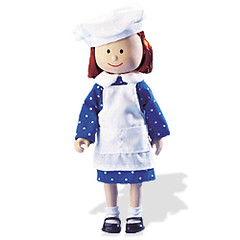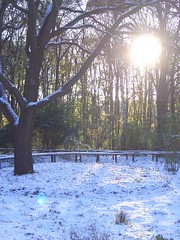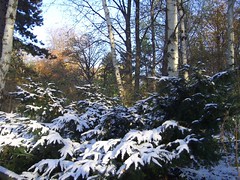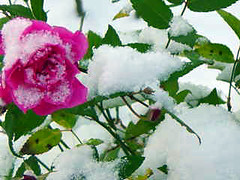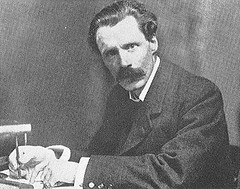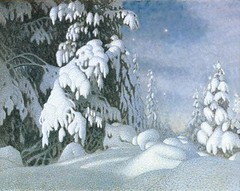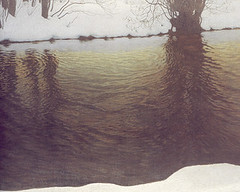I have always loved food, and often dreamt about being a chef when I was younger - I still think it is something I would love to do. I have always dreamt about staring a catering business from home, creating beautiful gourmet meals for dinner parties and cocktail parties - canapés are such a delight to cook but so time consuming that they can only be made very infrequently, for a very special occasion.
During my time at University, I worked for a staffing organisation, waitressing at high profile events and experiencing the catering styles of many different catering companies. My favourite was Rhubarb Food Design , who inspired me in my catering ambitions with their stunning creations, exquisitely presented as works of art (hence the "design" in the title). Rhubarb's food wasn't overly pretentious, unnecessarily pretentious or ridiculously miniscule. On the contrary, the portions they served were large, the food wholesome and delicious, and often some of the dishes they served were just old favourites, presented in an unusual way. One of their specialities which I was particularly fond of sneakily sampling was "bowl food": this came into play at a canapé party held on a weekday evening, when tiny canapes would not satisfy the hunger of the overworked executives attending. It involved reasonably sized bowls filled with a meal in miniature; shepherd's pie, bangers and mash, fish and chips, cauliflower cheese; exquisitely presented and cooked and a big hit with all the guests.
This gave Henry and I the idea of starting a "real food restaurant", a place which cooked traditional or original simple, tasty, hearty snacks, in reassuringly large portions, and cooked to absolute perfection. We had a few ideas for the menu:
- Corned beef hash
- Shepherd's pie
- Tuna pasta bake
- Steak and chips
- Risotto (of the day?)
- Irish stew
To spur on our creativity, each week, it is either my turn or Henry's to come up with an original surprise meal. Henry's meal was grilled aubergine with feta cheese and grated carrot last week, which was superb, really delicious. I had problems being totally original with mine this week, but it was very tasty: here is the recipe! For two, you'll need:
- 2/3 carrots
- 1 courgette
- 2 chicken breasts
- Olive oil
- Two large teaspoons of wholegrain mustard
- A large dollop of clear honey (about as much honey as mustard)
- 6/7 potatoes (depending on how hungry you are!)
- 1 small pot creme fraiche
- Peel the potatoes, cut them into thin slices and set them to boil.
- Julienne the courgettes and carrots
- Heat up a generous amount of olive oil in a pan and chuck in the vegetables
- Fry these lightly
- Meanwhile, slice the chicken into strips
- Mix together the honey and mustard in a bowl and dunk the chicken in it; roll the chicken around in the mixture until thoroughly coated
- Heat up a little oil in a new pan and fry the chicken and all remaining sauce until fully cooked
- Drain and mash the potatoes with the créme fraiche and a little honey.
- Serve the mashed potato in a ring around the edge of the plate, with the chicken resting on the vegetables in the middle. Enjoy!
